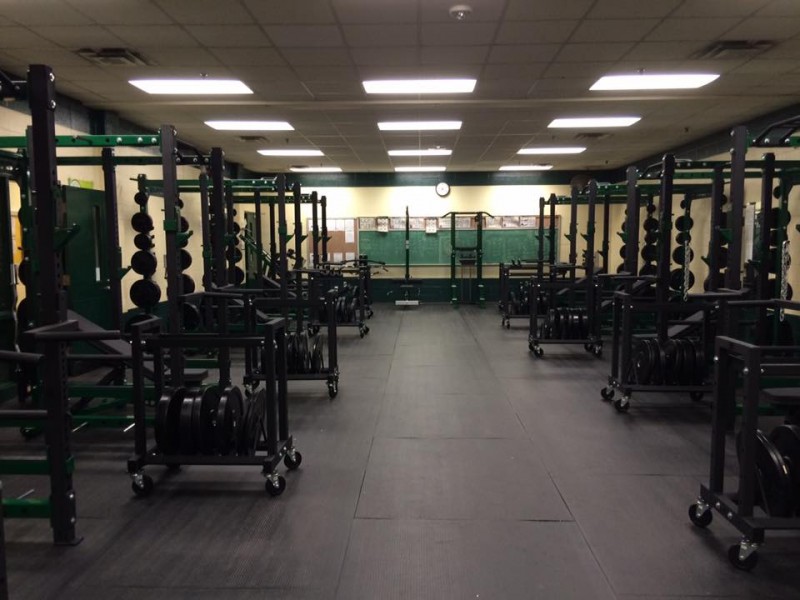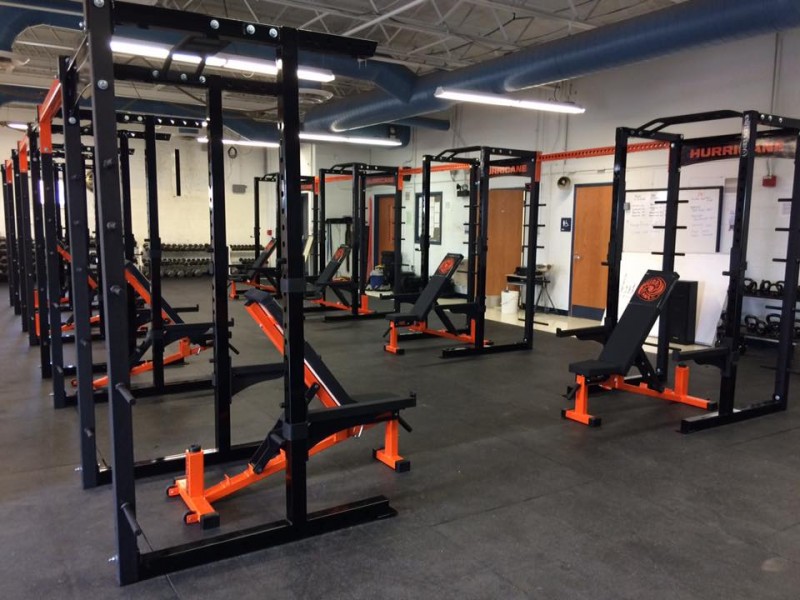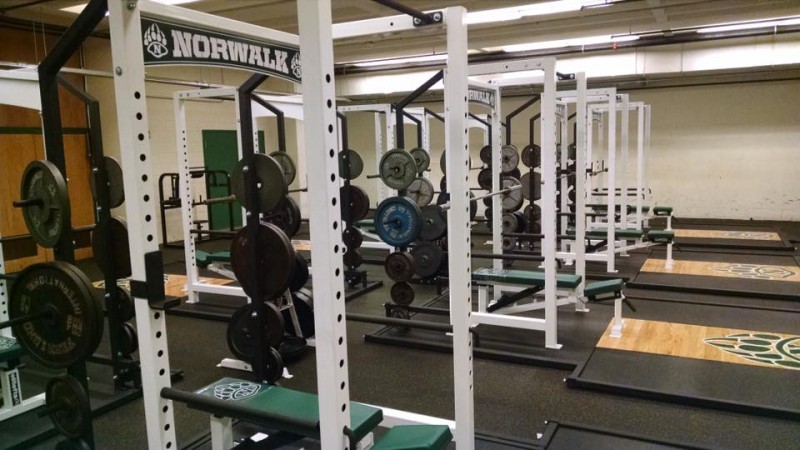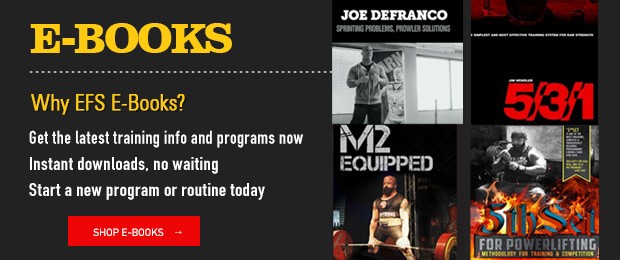
I’d like to take a different approach to this article. So many times I talk about the science of sport training or sports psychology, but I’d like to change to the logistics of it.
I have always been fairly good at understanding things logistically and looking for ways to make it work. I think it is hard-wired in me. Back in December I had the honor of serving on a committee with retired four-star general of the US Army Peter Chiarelli. He looked very familiar to me, so I went up to him and asked if he had served at Ft. Hood Texas, to which he replied, “Serve there? I spent half my life there.” I asked him if he happened to cross paths with Lt. Col. James P. Mann and he said, “Hell yes I knew Jim Mann! He was the best damn logistician I ever met. He could find answers to problems in minutes that others couldn’t find in months.”
My dad’s job as a logistics officer was to find the way to make plans work. You could have an amazing battle plan, but if you couldn’t support it with beans and bullets, as my dad would say, it was worthless; you’d run out of ammo and food shortly and be a sitting duck. While not sharing similar consequences, the impact of logistics in strength and conditioning are just as high: don’t have what you need or the proper streamline and you will fail.
RELATED: How Good Is Your Huddle?
My first job as a was working for a man named Rick Perry, currently with the Chicago Bears. He told me a story about his mentor and first real boss named Fred Roll, from the University of Kansas. Here is a story Rick told me about Fred:
There was a strength coach named Fred Roll at the University of Kansas (and he was there when KU football was good — the Gilbert “Grave Digger” Brown days). Coach Roll was able to design his own weight room, (which is still around in a different derivation as Andrea Hudy’s weightroom there at Kansas) and it was a Taj Mahal of a weight room. He had everything he could ever want, because he designed it. Well, the coaching carousel revolved around again and Mike Mangino made the decision to let Fred go to bring in one of his own guys. Through one of his former athletes he was able to obtain a job as the strength coach for the Tonga national rugby team. When he gets there he finds out he doesn’t have a facility, a barbell, or a dumbbell. He’s hired to be the strength coach and they don’t have a barbell. Sort of weird. So what does he do? Here he is, having been one of the most well respected names in strength and conditioning during his time, being used to having everything his heart desired in a weight room—so much so that he got to design his own—and now everything he knows has to get thrown out the window.
While this is an extreme example, it happens to all of us. We may have some amazing ideas and on paper they look amazing, but logistically, things don’t work out. Maybe you want to do all Olympic lifting but don’t have bumper plates, platforms, and you’re on the third floor so it might be a little bit of an issue to drop a barbell with 170 kilograms loaded up on it in metal plates. Maybe you want to do velocity based training, but you don’t have any devices. Maybe you really love doing a circuit of scoop throws, box jumps, and a lower body strength movement, but you only have eight-foot ceilings. Maybe you want to do dumbbell triceps extensions with women’s soccer, but you only have one set of light dumbbells.
For these logistical issues, it is fairly simple. You have to find alternate modes or locations of doing things. For the Olympic lifts, maybe you do everything from blocks, which are cheap to build. Or maybe you do a different set of exercises altogether. A recent meta-analysis from the BJSM showed similar results in athletic performance from plyometrics as it did weightlifting movements [1], so it is possible that even though Olympic lifting may be your preferred mode of exercise, you will have to get away from it. When I started at Missouri, I loved to do reverse band bench press and reverse band squats. None of our racks had a top rail on it, making it impossible to do those movements. While I loved to do them, they were a thing of the past until we got new racks.
Similarly, because feedback data is important, you obviously cannot implement Velocity Based Training (VBT) without a sensor or camera unit. However, you can teach intent with a stopwatch. While it is not accurate enough to adjust loads off of or specify what you’re working on, if you want to develop strength-speed, a good rule of thumb taught to me by Louie Simmons is three reps on a bench press in three seconds, and two reps on a squat in three seconds. If you’re moving that fast, the load is appropriate. If it takes you longer than that, you’re moving too slow. While the autoregulation isn’t there, the teaching of the intent or knowing if the weight is simply too heavy is.
For the women’s soccer team not having the dumbbells they needed: either use plates, light barbells, bands, cables, or change the movement up entirely. Their upper body strength is not that high and utilizing a bodyweight movement such as a bench dip may get the same, or possibly even greater, effect as the dumbbell would.
For low ceilings: if it’s a nice day and you have squat stands, you can take it outside. While it may not be safe to do heavy back squats without the side spotters or the rack, walking lunge is most likely doable, and you can jump as high as you like and throw as high as you like when there is not ceiling holding you down.
There are hundreds more examples of logistical issues for the coach training one team. But let’s look at some others. While some strength coaches are fortunate, most have many teams to train. This may mean that your team may have to work out at the same time as another. Let’s say you’re in a 1,900 square foot weight room with five racks, and you have the volleyball and soccer team both wanting to squat and do DB bench press on Monday’s at 3 PM. Guess what? It can’t happen. You have around 50 athletes trying to get on five racks; it is not possible.
RECENT: Your First Summer of Planning — Schedule and Program Setup as a New Coach
What can you do? Alternate the days you want to use the equipment. Let’s say Monday is volleyball day to start off in the racks to squat, so then soccer starts off in them on Wednesday. Or maybe volleyball starts in the racks and soccer starts in the dumbbells and they switch as they finish up. Is it perfect that the coach has to squat their athletes on Wednesday instead of Monday like they wished? No, it’s not. Is it perfect to have them do DB bench instead of their major core exercise? No, it’s not. But it’s better than not squatting at all.
Let’s say that you only have room to have one or maybe two reverse hyper extension machines in your weight room, but you are wanting the entire football team to do them. Well, during a four day split, Group 1 has them on Monday, Group 2 has them on Tuesday, Group 3 has them on Thursday, and Group 4 had them on Friday. It is as simple as that. Is it optimal that you may be hitting lower body on Monday and then turn around and hitting posterior chain on Tuesday? No. But if you believe in the exercise enough, you’ll find a way to get it in.
One common thing I have seen comes from setting up weight rooms the most efficient way possible and running them through in time intervals. I had a friend who used to work at a small Division I program. He set his weight room up to have a warm-up area, then everyone would move to the platforms, then everyone would move to the racks, then everyone would move to the dumbbells, then everyone would move to the cable or other assistance movements, then cool down and go home. He set it up to where each of the stations took the same time of roughly 15 minutes.
He would warm a group up—let’s call them Group 1—and then 15 minutes later send the group to go lift. He would send Group 1 to the platforms to get started Olympic lifting and would then start warming up Group 2. Once they were done warming up in 15 minutes, he would send Group 2 to the platforms and Group 1 would be moving to the racks. He would then start warming up Group 3. Once Group 3 was done warming up, he would send them to the platforms, Group 2 would go to the racks, and Group 1 would go to the dumbbells. He would then start warming up Group 4 and once they were done warming up, they would head to the platforms, Group 3 would head to the racks, Group 2 would head do the dumbbells, Group 1 would head to the accessory movements. He would then start warming up Group 5 and when they were done, they would head to the platforms, Group 4 would head to the racks, Group 3 would head to the dumbbells, Group 2 would head to accessory, Group 1 would head to cool down and would continue this throughout the day. This is how he would work his 350+ athletes in a less than 2,000 square foot space.
If you're still wondering what coach Roll did when he took over the Tonga national rugby team and had no equipment, he used what he had: coconuts and sand. He drilled holes in the coconuts, filled them with sand up to a certain point, and then they would use those like dumbbells and did a number of Javorek’s complexes.
It is going to take communication amongst coaches to be able to make sure that workouts flow properly and don’t overlap and cause funneling to occur which would slow down the sessions. Things aren’t always perfect, but they will work out in the end. Some will see these circumstances as obstacles in there way and want to leave and go to somewhere else and avoid them. Others will say that this is fun and enjoy the challenge. Einstein said, “out of clutter, find simplicity. From discord, find harmony. In the middle of difficulty lies opportunity.” If you can succeed in the environment you are in, and make it the best possible job you can, then you are setup far better for your next job down the line. By developing the logistical skill set, over time your workouts will go off without a hitch. Your athletes will become Strong(er) of body, because you became Strong(er) of mind.
References
Hackett, D., et al., Olympic weightlifting training improves vertical jump height in sportspeople: a systematic review with meta-analysis. Br J Sports Med, 2015.













